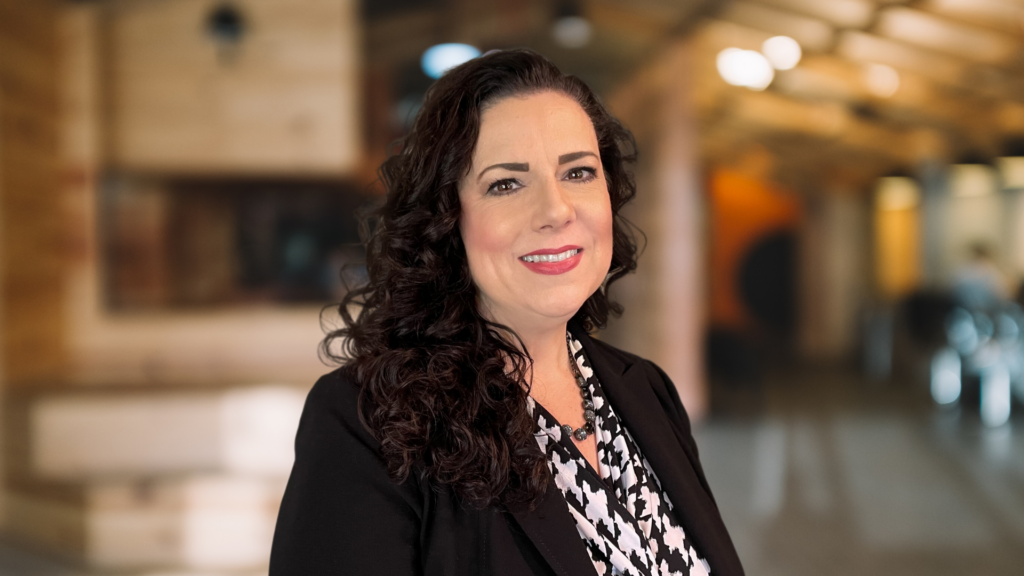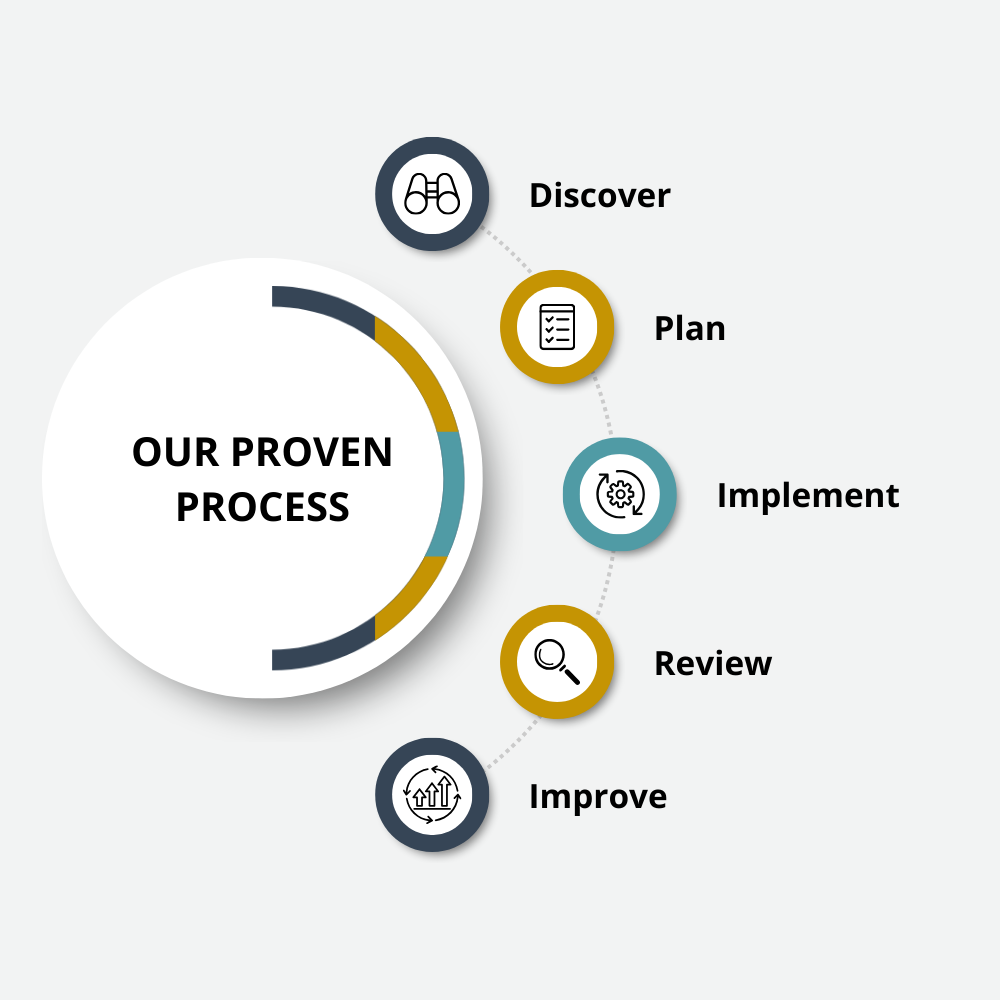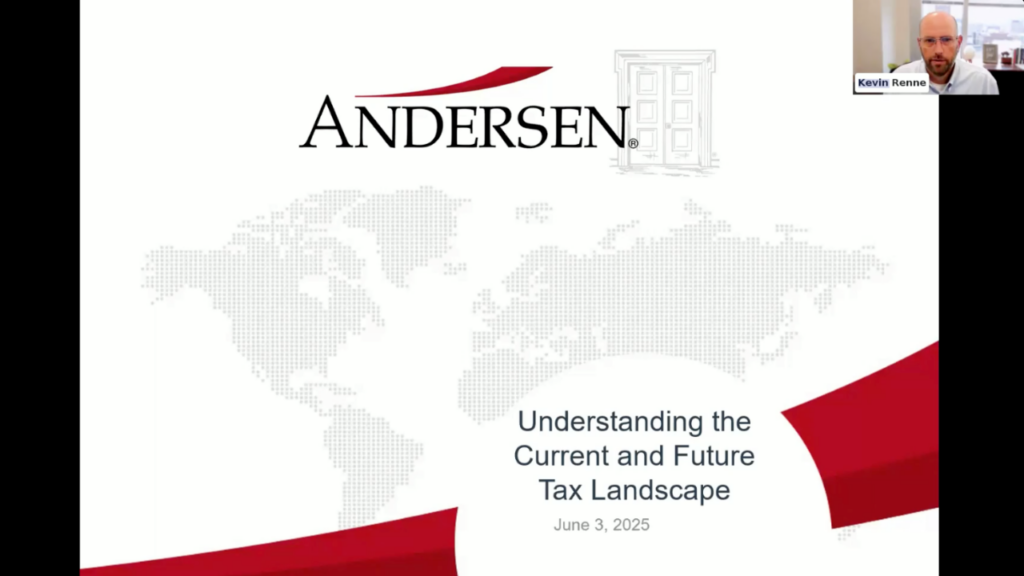It’s no secret that doctors and other healthcare professionals make a lot of money. And why not? You are making decisions daily that affect the most precious resource any of us have: our health. You have spent years and many thousands of dollars on your education, and if you have specialized, you have invested even more. Those who come to you for treatment expect you to have the most up-to-date knowledge and equipment. Healthcare providers face a tremendous responsibility, every time you talk to a patient, prescribe a course of treatment, or perform a procedure.
It is important to remember that simply being a high-earner does not shield you from the same financial vulnerabilities that those in less lucrative careers can face. In fact, having a complex financial situation can make you even more susceptible to financial vulnerability if you don’t have a sound financial plan in place. It’s also important to understand the unique needs of physicians and other medical providers with respect to lifetime financial planning; you have some challenges—especially in the early years of your career—and some real opportunities as you mature in your practice and as you begin to look toward retirement. In this article, we’ll provide an overview of some of the most important financial “pressure points” for doctors, dentists, and other healthcare practitioners.
Paying off Debt and Building Savings
The average doctor completes medical school with student debt totaling more than $200,000. For those who have pursued a specialty, the figure can be even higher. Obviously, getting that debt paid down as soon as possible is one major key to building a more secure financial future. In most cases, you get a significant “raise” when you transition from residency to your first practice as an attending physician. While it is tempting to fall prey to lifestyle inflation and buy the things you could only dream about before, your long-term financial security is likely best served by paying down as much debt as possible, as soon as you can. This is not to say that you shouldn’t enjoy the fruits of your labor along the way, but just be mindful of how your decisions can impact your overall financial picture.
As you’re getting debt under control, don’t forget to allocate income to savings and investment. It’s a good idea to get in the habit of “paying yourself first”: putting 10% or more of your earnings in savings, perhaps by making that the first check you write after your debt payments and basic living expenses are paid. Initially, you should focus on building a liquid emergency fund—ideally targeting 3–6 months’ worth (the amount will depend on your personal situation) of living expenses in a liquid, interest-earning account such as a High Yield Savings Account. After that goal is met, you can turn your focus towards investing for various goals you may have, whether that be a new car, a new house, or retirement. The type of goal you have and the timeframe for it will determine which type of account you will want to save into, as well as the asset allocation for the funds within the account(s).
Taking Advantage of Tax-Advantaged Accounts
There are a variety of tax-advantaged accounts and strategies to explore based on your personal situation. A common retirement savings vehicle in the healthcare industry is the 403(b) plan. If your employer offers a matching contribution, it is strongly recommended to contribute to it at least enough to receive the full match. Not doing so equates to missing out on “free money”. Also, check to see if a Roth contribution option is available. If it is, consider splitting your 403(b) contributions 50/50 pre-tax and Roth. While pre-tax contributions provide a tax deduction and tax-deferred growth, which can be very beneficial for high-income earners, Roth contributions grow tax-free and the earnings can come out tax-free in retirement. Starting a Roth “bucket” can help to reduce future Required Minimum Distributions, or funds that you must withdraw and pay taxes on, down the road. Aside from workplace retirement accounts, you may also consider opening and funding an Individual Retirement Account (IRA). You cannot save as much into these annually as you can into a 403(b), but they are a great place to put excess retirement savings. Many healthcare workers are phased out of making “normal” Roth IRA contributions, but a “Backdoor” Roth IRA contribution strategy can circumvent that issue. When evaluating a Backdoor Roth IRA contribution, just be sure not to run afoul of the pro-rata taxation rule.
If you have children or are planning to have children soon, opening a 529 education plan is a great step towards securing a strong educational future for them. Contributions to the account may provide a state-tax deduction (this varies state by state and on your personal situation), earnings grow tax-deferred and can come out tax-free for qualified educational expenses. Funds can be used for a variety of schooling (not just college), and a new 529 to Roth IRA rollover rule can allow for excess 529 savings to be put towards retirement savings for your child.
Finally, consider the benefits of opening a Health Savings Account (HSA). You must be enrolled in a High-Deductible Health Plan (HDHP) to be eligible for a Health Savings Account, so it is important to understand your own personal health situation. Presuming a HDHP makes sense for you, saving to a HSA provides triple tax-advantaged savings. Not only do your contributions go in pre-tax, but the earnings grow tax-deferred and can be withdrawn tax-free for qualified medical expenses. You can think of these accounts as medical IRAs that you can build up to be used in retirement for health care expenses.
Estate Planning
Solid estate planning is a critical piece of any well-developed financial plan and can help protect the assets you have worked so hard to accumulate. Having a lineup of basic estate documents completed, such as a will and living will, can help to ensure that your wishes are met both while you are alive and once you have passed away. If you have minor children, having guardianship documentation in place is critical to ensure your children are taken care of as you intend in the event of an unexpected passing. You may also consider the use of trusts for asset protection and distribution and to help avoid potential estate taxes. In any event, obtaining the services of a qualified attorney to craft and maintain your personalized estate planning needs is recommended.
Insurance Planning
Insurances are another important, but often overlooked, aspect of a sound financial plan. The primary purpose of insurance is to protect against a loss, and the biggest loss that many healthcare workers can experience is a loss of income. While you may have employer-provided life insurance coverage, it may not be enough given your personal situation. Acquiring a personal policy can help provide the coverage level you need at a potentially lower price than group coverage. Personal policies also alleviate portability concerns in the event of a job loss or change. Term life policies help to cover you for the period of time you need it and are typically cheaper than whole life policies. Having the proper disability insurance in place is also crucial to ensure you don’t suffer a potentially catastrophic loss of income during a period of disability. Like life insurance, acquiring a personal disability policy can provide for cheaper, portable coverage. You will also want to ensure that you have the proper home and auto insurance coverages in place, and strongly consider purchasing an umbrella policy as well. These policies can cover the shortfalls in your base coverages.
The information above really just scratches the surface at the breadth and depth of these planning areas. At JFS Wealth Advisors, we understand the unique needs of healthcare professionals for financial planning that takes into consideration their special challenges and opportunities. We work with clients to build financial plans that consider their individual needs, resources, and goals, with the aim of providing holistic solutions.
To learn more, please visit our website and review our resource page, “Financial Wellness for Healthcare Professionals.”














